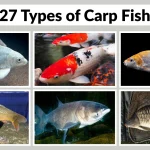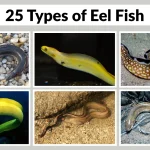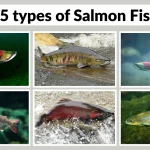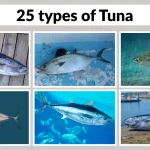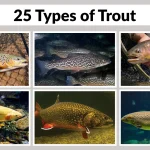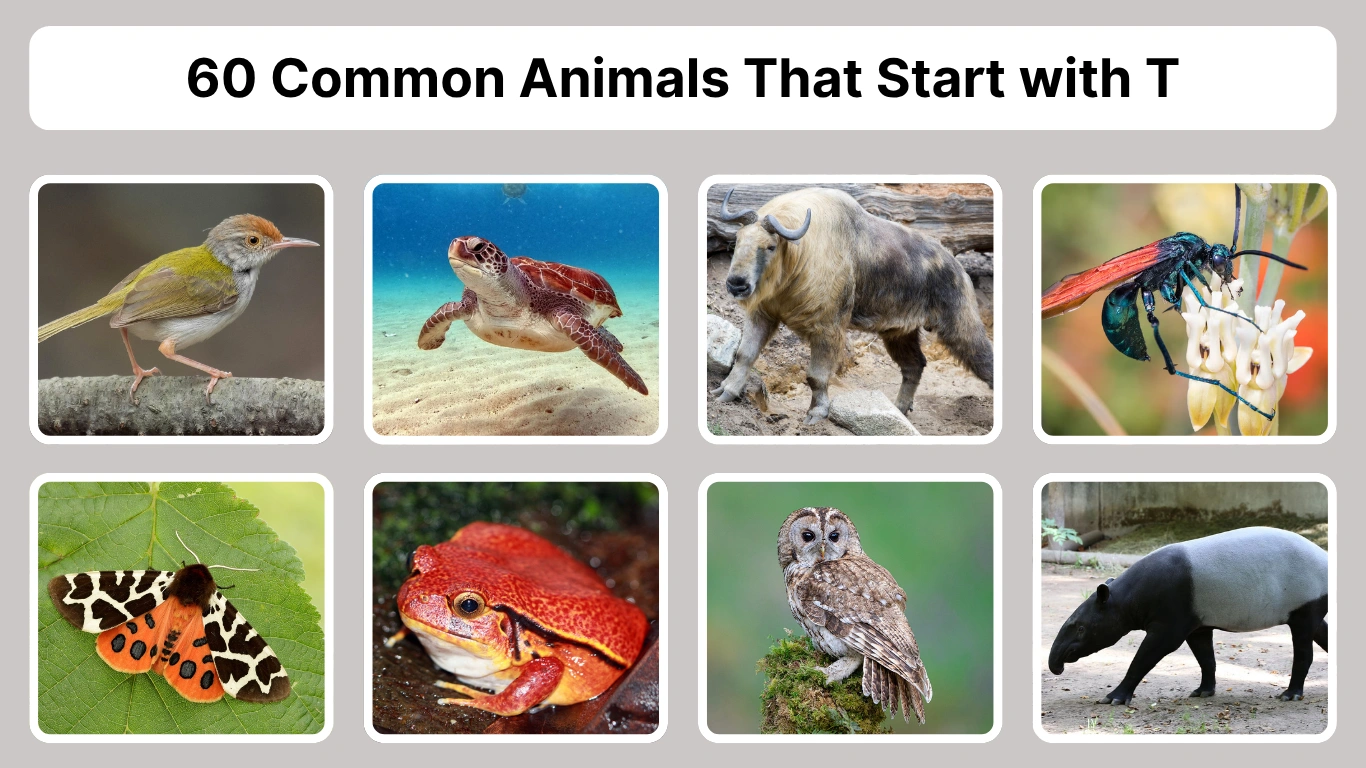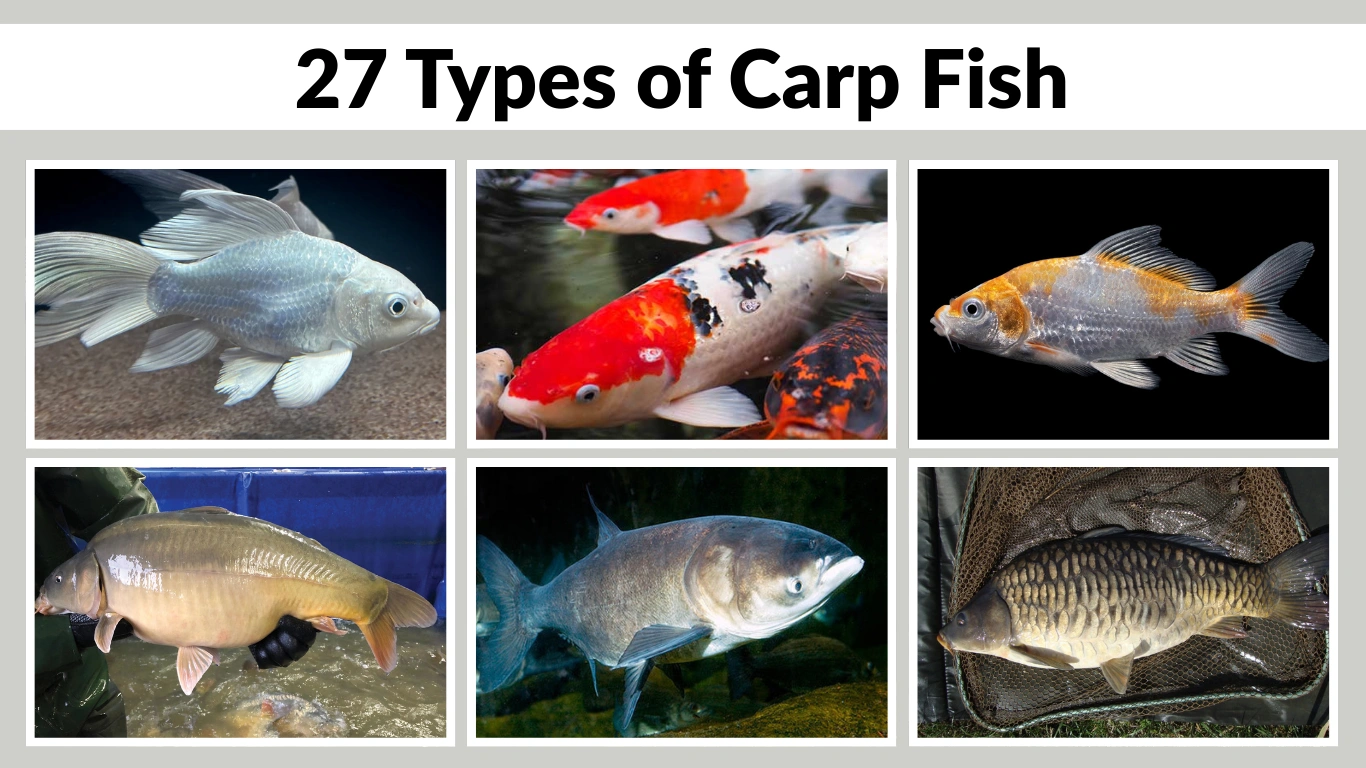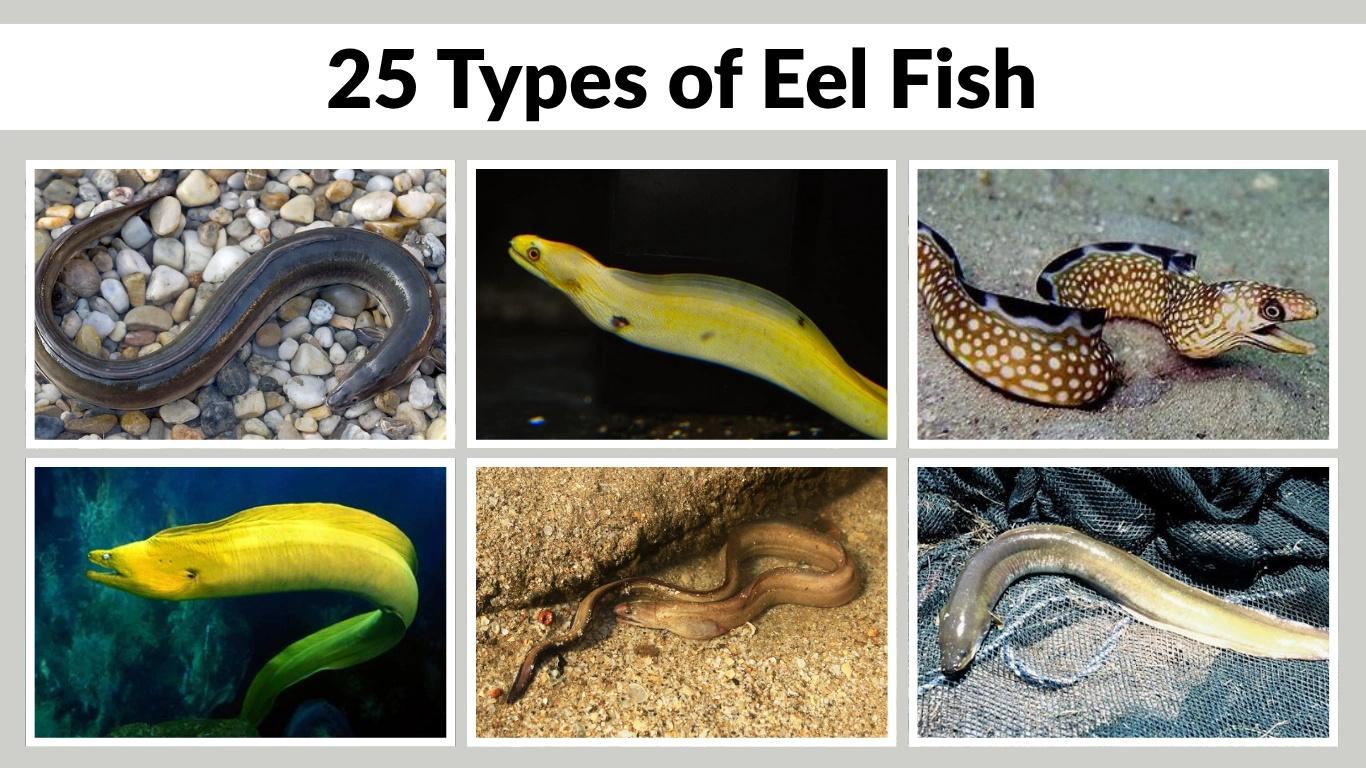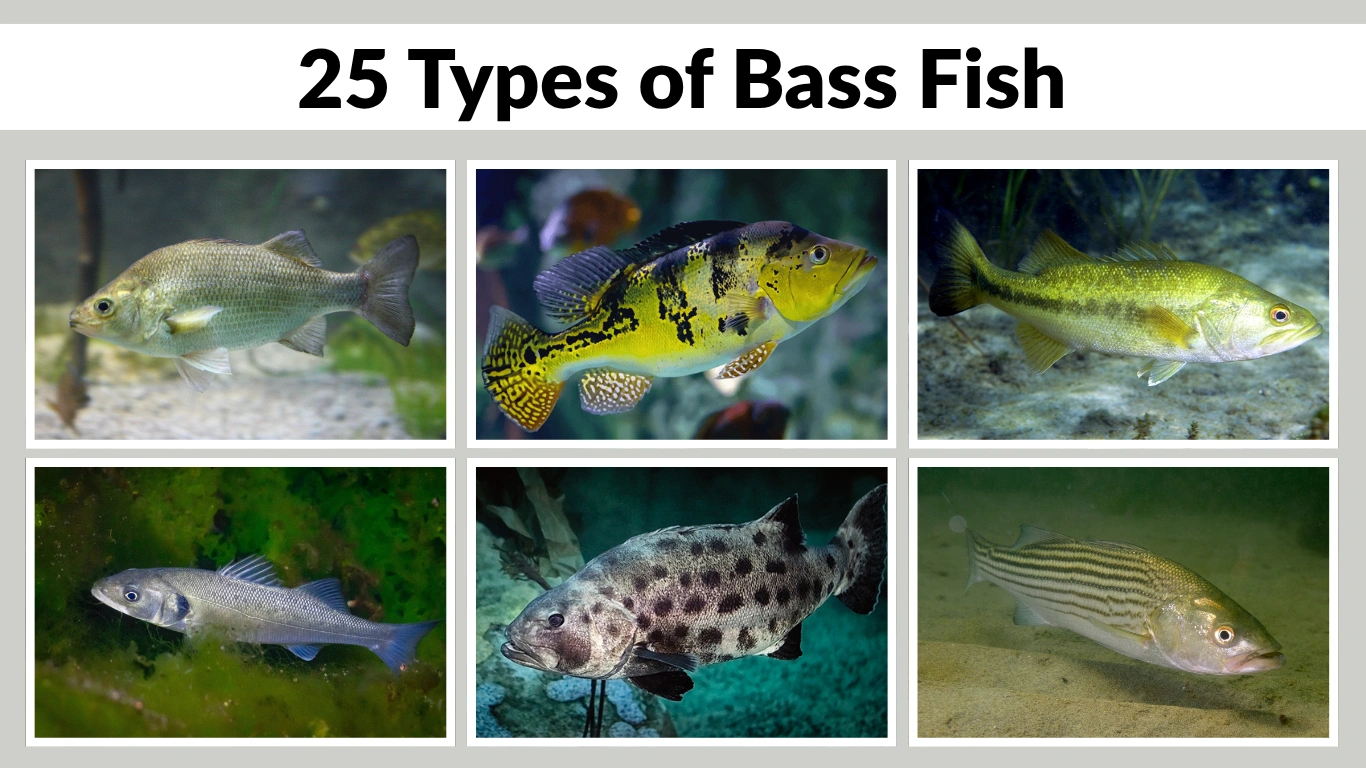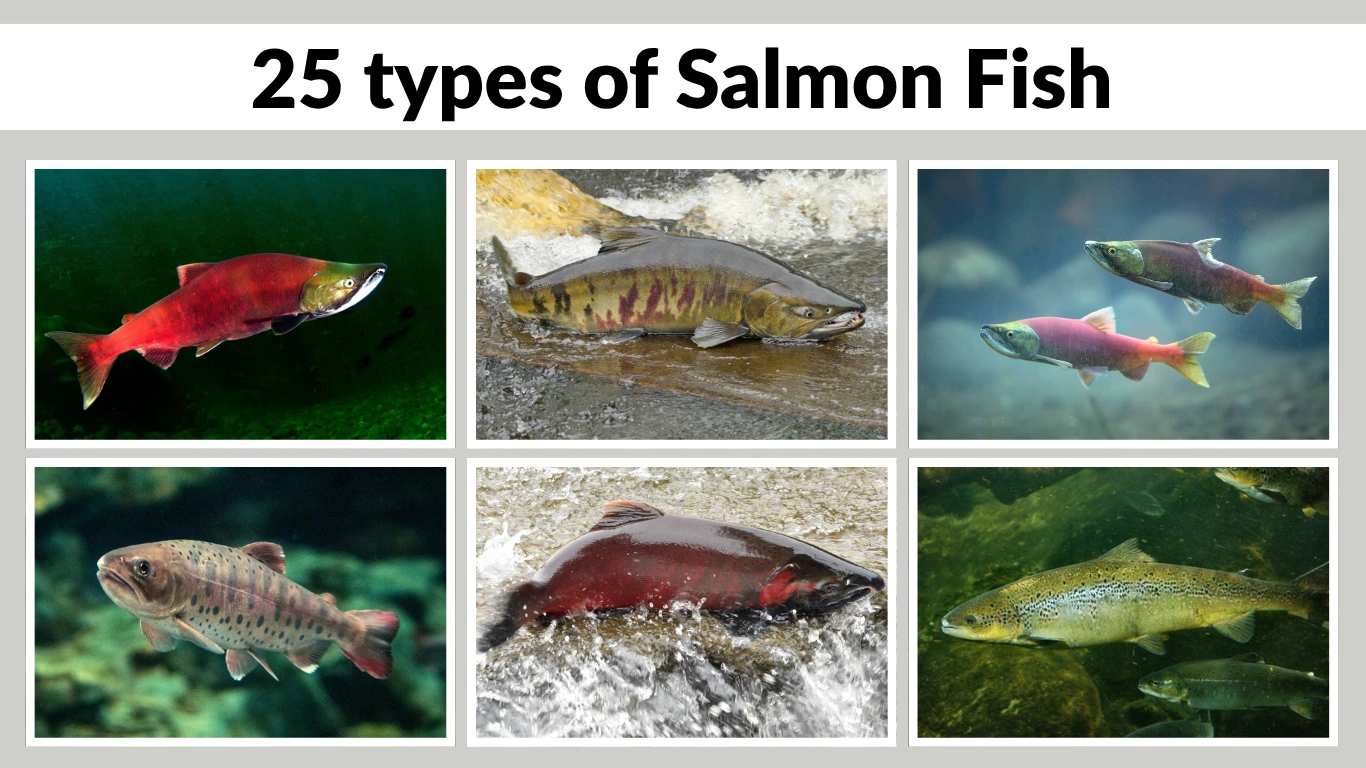The animal kingdom is full of fascinating creatures, and many of them share one thing in common—the letter T at the start of their names. From powerful predators like the tiger shark to delicate songbirds like the tailorbird, these animals inhabit every corner of the planet. In this list, you’ll discover 60 common animals that start with T, organized into groups for easy reading and exploration.
Mammals that Start with T

Mammals beginning with the letter T live across a wide range of habitats, from dense rainforests to open grasslands. They include agile hunters, gentle grazers, and unique climbers, each playing a vital role in their ecosystem. These animals display diverse adaptations that help them survive in different climates and environmental challenges.
1. Tiger
The tiger is the largest cat species in the world, known for its striking orange coat with black stripes. Found in parts of Asia, it thrives in forests, grasslands, and mangroves. Tigers are solitary apex predators that hunt deer, boar, and other large animals.
Unfortunately, tigers are endangered due to poaching and habitat loss. Conservation programs aim to protect their populations through anti-poaching measures and habitat restoration. They are also cultural icons in many countries, symbolizing strength and courage.
2. Tapir
The tapir is a large, herbivorous mammal with a distinctive short trunk-like snout. Found in Central and South America, as well as Southeast Asia, tapirs inhabit forests and grasslands, feeding on fruits, leaves, and aquatic plants.
Tapirs are shy and primarily nocturnal, using their excellent swimming skills to escape predators. Sadly, their numbers are declining due to deforestation and hunting, making them a focus of conservation efforts.
3. Tasmanian Devil
The Tasmanian devil is a carnivorous marsupial native to Tasmania, Australia. It has a stocky build, sharp teeth, and a loud, disturbing screech that earned it its name. These scavengers feed on carrion and small animals.
Once widespread, Tasmanian devils now face population decline due to a contagious facial tumor disease. Conservationists are working to protect disease-free populations to ensure the survival of this unique species.
4. Tarsier
Tarsiers are tiny primates with large, round eyes adapted for excellent night vision. Found in Southeast Asia, they live in forests and bamboo groves, feeding mainly on insects and small animals.
These animals are exceptional leapers, using their elongated hind limbs to jump between trees. They are nocturnal and elusive, often spotted clinging to branches during the day to rest.
5. Tree Kangaroo
Tree kangaroos are marsupials adapted to a life in the treetops. Native to the rainforests of Papua New Guinea and northeastern Australia, they have strong forelimbs and long tails for climbing.
Unlike ground-dwelling kangaroos, tree kangaroos move slowly and carefully among branches. They feed on leaves, fruits, and flowers, and their populations are threatened by habitat destruction and hunting.
6. Thomson’s Gazelle
Thomson’s gazelle is a small, graceful antelope found in the grasslands of East Africa. Recognized by its tan coat, white belly, and black side stripe, it is known for its incredible speed and agility.
These gazelles live in herds and are preyed upon by cheetahs, lions, and hyenas. Their alertness and quick reflexes help them evade predators, making them one of the fastest animals in Africa.
Birds that Start with T

Birds whose names begin with the letter T can be found across the globe, from tropical forests to cold northern lakes. They include colorful species, skilled hunters, and graceful fliers. Each bird in this group has unique traits, whether it’s a striking beak, a beautiful song, or impressive migration patterns that cover thousands of miles.
7. Toucan
The toucan is a tropical bird known for its oversized, colorful bill and vibrant plumage. Native to Central and South American rainforests, it feeds mainly on fruits, insects, and small animals.
Its large beak helps reach food on branches too thin to support its weight. Toucans are social birds, often found in small flocks, and they play a role in seed dispersal for forest plants.
8. Turkey
The turkey is a large bird native to North America, recognized by its fan-shaped tail and bare, red-skinned head. Wild turkeys inhabit woodlands and grasslands, feeding on seeds, nuts, and insects.
Domesticated turkeys are raised for meat worldwide, but wild turkeys remain skilled fliers and cautious foragers. They can run quickly and roost in trees to avoid predators.
9. Tern
Terns are elegant seabirds with slender bodies, long wings, and forked tails. Found along coastlines and inland waters, they are expert fishers, diving into the water to catch prey.
Many tern species are migratory, traveling thousands of miles each year between breeding and wintering grounds. Their aerial agility and sharp calls make them easily recognizable to birdwatchers.
10. Tawny Owl
The tawny owl is a nocturnal bird of prey found in forests across Europe and parts of Asia. It has a rounded head, dark eyes, and mottled brown plumage for camouflage.
Tawny owls hunt small mammals, birds, and insects, using their silent flight to surprise prey. They are territorial and known for their haunting “hoo-hoo” calls at night.
11. Tree Swallow
The tree swallow is a small, iridescent blue bird found across North America. It nests in tree cavities and birdhouses, often near wetlands.
Feeding mainly on flying insects, tree swallows are agile fliers and important for pest control. They are migratory, spending winters in Central and South America.
12. Trumpeter Swan
The trumpeter swan is the largest native waterfowl species in North America, with a wingspan over 8 feet. Its name comes from its deep, trumpet-like call.
Once near extinction due to overhunting, conservation efforts have helped their populations rebound. They feed on aquatic plants in lakes, rivers, and wetlands, and form lifelong mating pairs.
Reptiles that Start with T

Reptiles beginning with the letter T live in diverse environments, from arid deserts to lush rainforests. This group includes skilled hunters, masters of camouflage, and uniquely adapted species. Whether venomous snakes or gentle herbivorous turtles, each reptile plays a crucial role in its ecosystem, controlling prey populations or helping maintain healthy vegetation.
13. Tokay Gecko
The tokay gecko is a large, brightly colored lizard native to Southeast Asia, recognized by its blue-gray skin with orange spots. It is nocturnal and highly territorial, often found clinging to walls and tree trunks.
Known for its loud “to-kay” call, this gecko is a skilled insect hunter. While admired for its beauty, it can deliver a surprisingly strong bite if threatened.
14. Timber Rattlesnake
The timber rattlesnake is a venomous pit viper found in forests and rugged terrain across eastern North America. It has a thick body with dark, zigzag bands and a distinctive rattle at the tail.
Timber rattlesnakes help control rodent populations. Though potentially dangerous, they are generally shy and avoid human contact unless provoked or threatened.
15. Terrapin
Terrapins are small to medium-sized turtles that live in brackish water, such as coastal marshes and estuaries. The diamondback terrapin is one of the most well-known species.
They feed on mollusks, crustaceans, and aquatic plants. Terrapins play an important role in balancing coastal ecosystems and are admired for their patterned shells.
16. Thorny Devil
The thorny devil is a small lizard native to Australia, covered in sharp spines that help deter predators. Its skin color changes with temperature, providing camouflage in desert landscapes.
It feeds almost exclusively on ants, using its sticky tongue to capture them. Thorny devils can absorb water through their skin, an adaptation for survival in dry habitats.
17. Tuatara
The tuatara is a rare reptile found only in New Zealand, often called a “living fossil” because it belongs to an ancient lineage dating back over 200 million years.
Tuatara have spiny crests along their backs and a unique third eye on the top of their heads. They live long lives, sometimes exceeding 100 years.
18. Texas Horned Lizard
The Texas horned lizard, often called a “horned toad,” is a spiny reptile native to the southwestern United States. Its flattened body and sharp horns make it look intimidating.
It primarily feeds on ants and can squirt blood from its eyes as a defense mechanism. This unique adaptation deters predators and makes it one of the most distinctive lizards in North America.
Amphibians that Start with T

Amphibians whose names begin with the letter T inhabit wetlands, forests, and river systems worldwide. They often serve as environmental indicators, since their permeable skin makes them sensitive to pollution and climate change. These creatures display a wide range of colors and patterns, from bright warning hues to earthy camouflage that helps them hide from predators.
19. Tiger Salamander
The tiger salamander is one of the largest salamanders in North America, known for its dark body patterned with bright yellow spots or bars. It spends much of its life underground, emerging during rainy nights.
It feeds on insects, worms, and small amphibians. Tiger salamanders are important for soil health as their burrowing helps aerate the ground.
20. Tree Frog
Tree frogs are small amphibians found in many parts of the world, recognized for their ability to cling to leaves and branches with adhesive toe pads. They are most abundant in tropical and temperate forests.
They feed primarily on insects, making them valuable for natural pest control. Many species are also known for their loud, melodic calls during the breeding season.
21. Toad
Toads are amphibians with dry, bumpy skin and short legs, found on every continent except Antarctica. They are more terrestrial than frogs and can tolerate drier environments.
They feed on insects, worms, and slugs, swallowing prey whole. Toads have glands behind their eyes that secrete toxins to deter predators.
22. Torrent Frog
The torrent frog is adapted to life in fast-flowing streams, with strong limbs and specialized toe pads for gripping slippery rocks. They are found in mountainous regions of Asia and Africa.
Their coloration blends with wet stones, offering camouflage from predators. These frogs feed on aquatic insects and other small invertebrates.
23. Three-striped Poison Frog
The three-striped poison frog is a small, brightly colored amphibian from Central and South America. Its bold stripes warn predators of its toxic skin secretions.
It feeds mainly on ants and mites, which contribute to its toxicity. These frogs are active during the day and often care for their young by transporting tadpoles to water sources.
24. Tomato Frog
The tomato frog is native to Madagascar and named for its bright red or orange coloration. When threatened, it can inflate its body to appear larger.
It secretes a sticky substance that deters predators and can irritate human skin. Tomato frogs are popular in the pet trade but face threats from habitat loss.
Fish that Start with T

Fish beginning with the letter T live in diverse aquatic environments, from deep oceans to freshwater rivers. This group includes powerful predators, popular food fish, and brilliantly colored species admired in aquariums. Their adaptations—such as streamlined bodies, camouflage, and unique feeding strategies—allow them to thrive in habitats ranging from warm tropical seas to icy northern waters.
25. Tuna
Tuna are large, fast-swimming saltwater fish found in oceans worldwide. They have streamlined bodies built for speed, making them top ocean predators. Some species, like the bluefin tuna, can weigh over 1,000 pounds.
They migrate vast distances in search of food, feeding mainly on smaller fish and squid. Tuna are also highly valued in commercial fisheries, especially for sushi and sashimi.
26. Tilapia
Tilapia are freshwater fish native to Africa but now farmed around the world for food. They are hardy, adaptable, and grow quickly in ponds, lakes, and rivers.
They feed on algae and plant matter, making them easy to raise in aquaculture. Tilapia are an affordable protein source in many countries, though wild populations face threats from habitat loss.
27. Trout
Trout are freshwater fish found in cool rivers and lakes, especially in North America, Europe, and Asia. They are known for their speckled skin and tasty flesh.
They feed on insects, small fish, and aquatic invertebrates. Trout are popular targets for recreational fishing and are also indicators of clean, healthy waterways.
28. Tarpon
Tarpon are large, silver-colored fish found in coastal waters, estuaries, and rivers. Known for their strength and spectacular leaps, they are prized by sport fishers.
They can breathe air using a swim bladder, allowing them to survive in low-oxygen waters. Tarpon feed on fish, shrimp, and crabs, and can grow over 8 feet long.
29. Threadfin
Threadfin are tropical fish named for the elongated filament-like rays extending from their fins. They are found in coastal waters, estuaries, and sometimes rivers.
They feed mainly on plankton and small crustaceans. Threadfin are an important food source in Southeast Asia and are caught both commercially and recreationally.
30. Triggerfish
Triggerfish are colorful reef fish with strong jaws and sharp teeth, allowing them to crush hard-shelled prey like sea urchins and crustaceans. They are found in warm oceans worldwide.
They are named for their ability to lock their dorsal fin in an upright position, making them hard for predators to remove from crevices. Some species can be aggressive when guarding nests.
Insects that Start with T

Insects whose names begin with the letter T can be found in nearly every habitat on Earth, from tropical rainforests to urban gardens. They include beneficial pollinators, important decomposers, and even dangerous pests. Many display fascinating behaviors, vibrant colors, and unique survival strategies that make them essential parts of their ecosystems.
31. Termite
Termites are social insects that live in large colonies, feeding primarily on cellulose found in wood and plant material. They play an important role in breaking down dead plant matter in ecosystems.
While beneficial in nature, termites can be destructive when they infest wooden structures. Their colonies have a caste system, including workers, soldiers, and a reproductive queen.
32. Tiger Moth
The tiger moth is known for its bright, patterned wings, often marked with bold spots or stripes. These colors warn predators that the moth may be toxic or distasteful.
Its caterpillars, often called woolly bears, are covered in bristly hairs. Tiger moths feed on nectar, while their larvae consume a variety of plants.
33. Tsetse Fly
The tsetse fly is a biting insect native to sub-Saharan Africa, notorious for transmitting sleeping sickness to humans and livestock. It feeds on the blood of vertebrates.
Despite its harmful reputation, the tsetse fly plays a role in regulating wildlife populations by limiting the spread of certain animals into disease-prone areas.
34. Thrips
Thrips are tiny, slender insects with fringed wings that feed on plants by piercing and sucking their sap. Some species also feed on other small insects.
They can be agricultural pests, causing damage to crops and spreading plant diseases. However, a few species help control pest populations by preying on mites and insect eggs.
35. Treehopper
Treehoppers are small insects known for their bizarre, often ornate body shapes that resemble thorns or leaves. This camouflage helps them avoid predators.
They feed on plant sap using specialized mouthparts and can communicate with each other through vibrations transmitted along plant stems.
36. Tarantula Hawk Wasp
The tarantula hawk wasp is a large, striking insect with metallic blue wings and an orange body. Females hunt tarantulas, paralyzing them and laying eggs inside their bodies.
Its sting is considered one of the most painful in the insect world, though it is not dangerous to humans. Adults feed on nectar and are important pollinators.
Marine Animals that Start with T

Marine animals beginning with the letter T live in oceans, reefs, and coastal waters worldwide. They range from powerful predators to colorful reef dwellers, each adapted to life in an aquatic environment. Many are vital for the health of marine ecosystems, playing roles in maintaining coral reefs, controlling prey populations, and supporting commercial fisheries.
37. Tiger Shark
The tiger shark is a large, aggressive predator found in tropical and subtropical oceans. Recognizable by its dark vertical stripes, it has a broad diet, eating fish, birds, turtles, and even garbage.
Known as the “garbage can of the sea,” this shark plays a role in cleaning up marine environments. Despite their fearsome reputation, tiger sharks are important apex predators.
38. Trumpetfish
The trumpetfish is a long, slender reef fish that hovers vertically among corals and sea fans to ambush prey. Its elongated body helps it blend into its surroundings.
It feeds mainly on small fish, using stealth to get close before striking. Trumpetfish are often seen alongside larger fish, using them as cover to surprise their targets.
39. Triton Snail
The triton snail is a large sea snail with a beautifully patterned shell, found in warm oceans. It is one of the few predators of the destructive crown-of-thorns starfish.
By controlling starfish populations, triton snails help protect coral reefs. Their shells are prized by collectors, but overharvesting has made them less common in some areas.
40. Turtle (Sea Turtle)
Sea turtles are ancient reptiles that have lived in Earth’s oceans for millions of years. Species like the green, hawksbill, and leatherback turtle are found worldwide.
They migrate long distances between feeding and nesting grounds, feeding on seagrass, jellyfish, and sponges. Many sea turtles are endangered due to habitat loss, fishing nets, and pollution.
41. Trevally
Trevally are fast, strong fish found in tropical and subtropical waters. They are popular targets for sport and commercial fishing.
They hunt in schools, feeding on smaller fish, squid, and crustaceans. Their speed and strength make them important mid-level predators in marine food chains.
42. Toadfish
Toadfish are bottom-dwelling fish with broad, flat heads and mottled coloring that camouflages them against rocks and sand. They inhabit shallow coastal waters.
Some species can produce a distinctive humming or grunting sound, especially during mating season. Toadfish feed on crustaceans, mollusks, and small fish.
Exotic and Rare Animals that Start with T

Exotic and rare animals beginning with the letter T often live in limited regions or have highly specialized adaptations that make them unique in the animal kingdom. Some are striking in appearance, while others are rarely seen due to elusive behavior or remote habitats. Many face threats from habitat loss, hunting, or the illegal wildlife trade.
43. Takin
The takin is a large, muscular hoofed mammal found in the mountainous forests of the Himalayas. Its golden or brown coat and stocky build help it survive in cold, rugged terrain.
Takins graze on grasses, bamboo shoots, and leaves. They are skilled climbers, navigating steep slopes with ease, and are the national animal of Bhutan.
44. Tamandua
The tamandua is a medium-sized anteater from Central and South America, with a prehensile tail and long snout for feeding on ants and termites. Its coat is usually tan with a black vest-like marking.
It spends time both on the ground and in trees, using its sharp claws to tear open insect nests. Tamanduas are solitary and mostly nocturnal.
45. Tibetan Mastiff
The Tibetan mastiff is a massive, thick-coated dog breed originally bred to guard livestock in the Himalayan region. Its size, strength, and protective instincts make it an excellent guardian.
They are independent and loyal, but require experienced handling. Tibetan mastiffs are also considered a status symbol in some regions.
46. Tree Pangolin
The tree pangolin is a scaly mammal found in central and western Africa. Its body is covered with overlapping keratin scales, and it rolls into a ball when threatened.
It feeds mainly on ants and termites, using a long sticky tongue. Tree pangolins are excellent climbers and spend much of their time in trees.
47. Thorny Dragon
The thorny dragon is a small Australian lizard covered in spines, with a hump-like structure on its back. It has a false head to confuse predators.
It feeds almost exclusively on ants and can collect water through grooves in its skin that direct moisture to its mouth.
48. Titi Monkey
The titi monkey is a small primate found in South America, known for its reddish-brown fur and long tail. These monkeys are monogamous and live in close family groups.
They communicate with soft calls and spend much of their time grooming each other. Titi monkeys feed on fruits, leaves, and insects.
Domesticated and Farm Animals that Start with T

Domesticated and farm animals beginning with the letter T are kept by humans for companionship, work, or agricultural purposes. They include loyal pets, hardy livestock, and valuable working animals. Many of these species have been bred for specific traits such as strength, speed, or high productivity, making them essential to both rural and urban lifestyles.
49. Thoroughbred Horse
The Thoroughbred horse is a breed famous for its speed, agility, and endurance, making it a star in competitive horse racing. Originating in England, it is also used in jumping and dressage.
These horses are known for their spirited nature and elegant build. They require expert care and training to reach peak performance levels.
50. Tibetan Terrier
The Tibetan terrier is a medium-sized dog with a long, flowing coat, originally bred in Tibet as a companion and herding dog. Despite its name, it is not a true terrier.
These dogs are intelligent, affectionate, and well-suited for families. Their thick fur helps protect them from cold climates, and they require regular grooming.
51. Turkey (Domestic)
The domestic turkey is a large bird raised primarily for its meat, especially during festive seasons like Thanksgiving. Domestication has made them larger and less agile than their wild counterparts.
They are omnivorous, feeding on seeds, insects, and vegetation. Domestic turkeys are generally docile and can be kept in flocks.
52. Texel Sheep
Texel sheep are a breed originating from the Netherlands, prized for their lean, high-quality meat. They are sturdy, adaptable, and capable of thriving in various climates.
They are also valued for their wool, though meat production is their primary purpose. Texel sheep are calm and easy to manage on farms.
53. Toy Poodle
The toy poodle is the smallest variety of the poodle breed, known for its intelligence, hypoallergenic coat, and lively personality.
They are popular companion dogs, adaptable to apartment living, and excel in obedience training. Regular grooming is essential to maintain their curly coats.
54. Tamworth Pig
The Tamworth pig is a heritage breed originating from England, recognized for its reddish coat and excellent bacon-quality meat. It is hardy and well-suited for outdoor rearing.
Tamworth pigs are active foragers, feeding on roots, plants, and grains. They are docile and adapt well to sustainable farming systems.
Miscellaneous Animals that Start with T

Miscellaneous animals beginning with the letter T include a mix of species from different habitats and classifications. They range from agile birds to powerful marine predators, each with distinct characteristics. This group highlights the wide variety of animals whose names start with T, showing just how diverse nature can be across land, sea, and air.
55. Thresher Shark
The thresher shark is a large ocean predator known for its extremely long, whip-like tail, which it uses to stun schools of fish. It is found in tropical and temperate waters worldwide.
These sharks are powerful swimmers and can leap from the water. While often shy around humans, they are sought after in sport fishing for their strength and unique appearance.
56. Treecreeper
Treecreepers are small songbirds with brown, streaked plumage that allows them to blend into tree bark. They spiral up tree trunks searching for insects hidden in crevices.
Found in woodlands across Europe, Asia, and North America, they use their curved beaks to probe bark while their stiff tails provide balance during climbing.
57. Tropical Fish
Tropical fish is a broad term for colorful species found in warm freshwater and marine environments, often kept in aquariums. They display a vast range of patterns, shapes, and behaviors.
These fish can be herbivores, carnivores, or omnivores, and many require specific water conditions to thrive. They are popular for their beauty and variety.
58. Trumpet Worm
The trumpet worm is a type of marine tube worm that builds calcareous tubes on rocks, coral, or shells. Its feathery tentacles extend to filter plankton from the water.
These worms contribute to reef ecosystems by providing shelter for other small creatures. They are often spotted by divers exploring coral reefs.
59. Tailorbird
The tailorbird is a small, greenish songbird found in Asia, known for sewing leaves together to create a secure nest. It uses plant fibers and spider silk to “stitch” its home.
Tailorbirds feed mainly on insects and are active, restless foragers. Their distinctive calls are often heard in gardens and forests.
60. Tree Shrew
The tree shrew is a small, squirrel-like mammal found in Southeast Asia. Despite its name, it is not a true shrew and is more closely related to primates.
It is active during the day, feeding on insects, fruit, and nectar. Tree shrews are fast climbers and play a role in seed dispersal in tropical forests.

